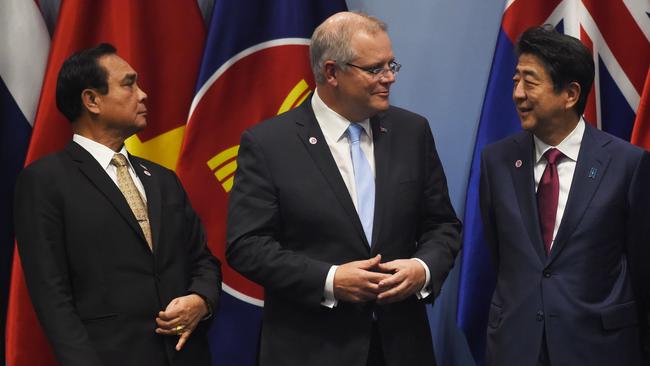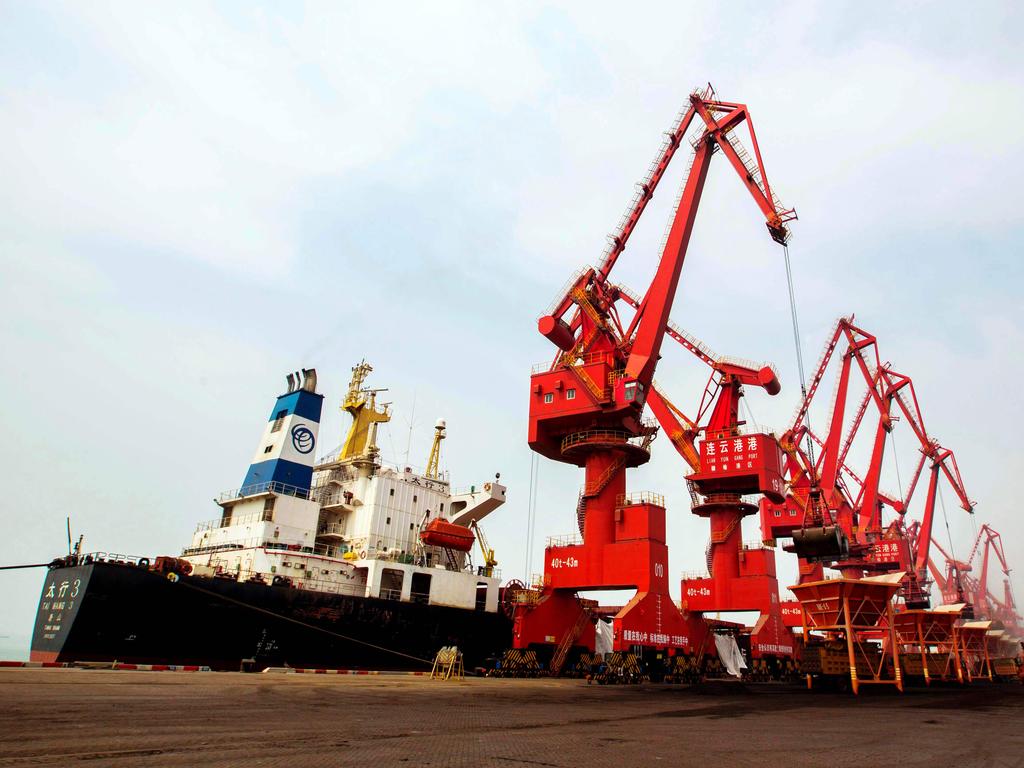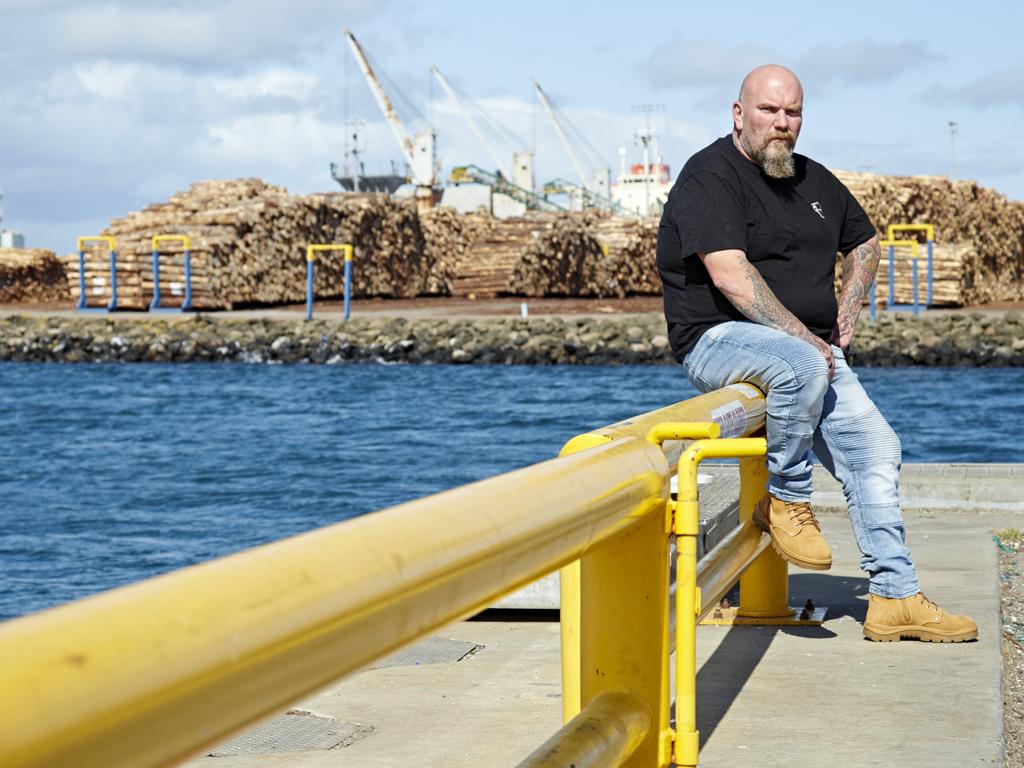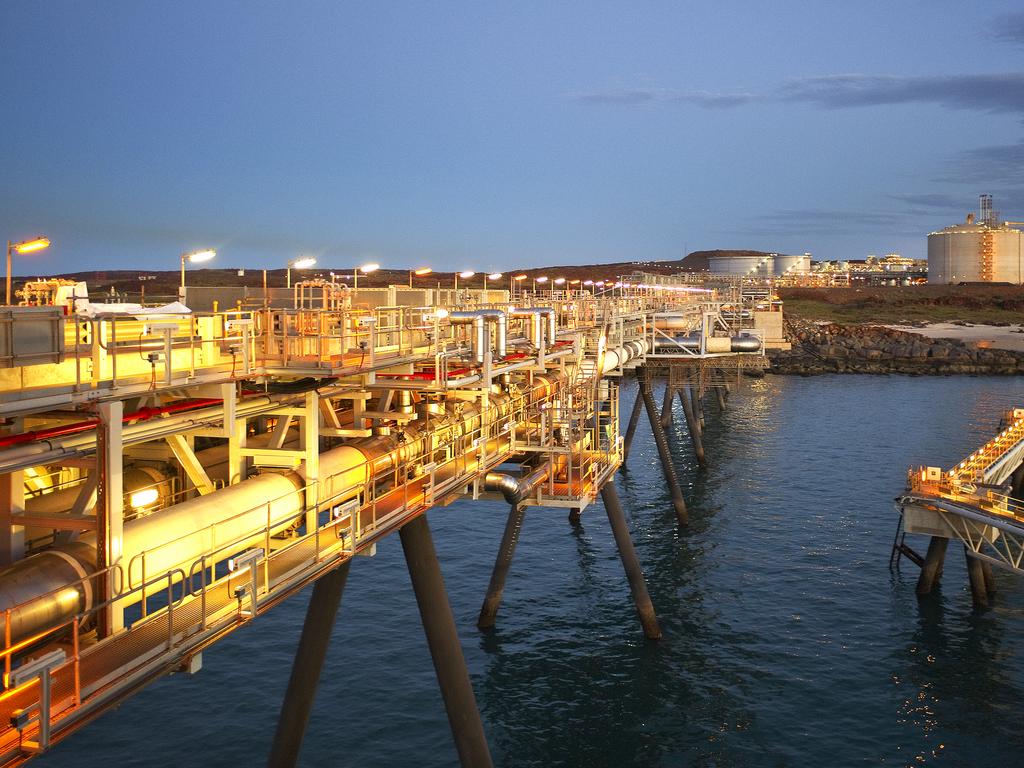Trade win for China as Asia signs on
An Asian mega trade pact representing close to 30 per cent of all global output is to be signed into force this weekend.

An Asian mega trade pact representing close to 30 per cent of all global output is to be signed into force this weekend, delivering a foreign policy triumph for Beijing amid its ongoing trade war with the US, and as its neighbours seek to diversify supply chains outside China’s sphere.
All 10 ASEAN nations, plus China, Japan, South Korea, Australia and New Zealand, are expected to sign off on the Regional Comprehensive Economic Partnership (RCEP) agreement — eight years in the making — on Sunday in the hope the bloc will aid the region’s post-pandemic recovery.
But the deal is tipped to further diminish America’s influence in the region, after the Trump administration pulled out of the parallel Trans-Pacific Partnership agreement in 2017.
“Although the US retains a significant edge in military power, and remains a crucial economic partner to many Asian nations, the present administration has neglected the economic dimensions of its competition with China,” Southeast Asia analyst Sebastian Strangio wrote in The Diplomat on Thursday.
“Its tendency of picking small-bore trade disputes with regional partners has only undermined its broader goal of countering China’s influence in the region.”
China’s determination to drive RCEP into force was widely seen as a response to the Obama administration’s TPP (now known as the Comprehensive and Progressive Agreement for Trans-Pacific Partnership), which deliberately shut Beijing out of the world’s then biggest proposed trade deal.
Instead, the US finds itself on the outside of both pacts (Australia is in both), at a time when it seeks to counter China’s growing economic influence in the region.
The new RCEP bloc, aimed at integrating regional supply chains, seems also to run counter to recent political rhetoric in Australia, Japan and India around efforts to build so-called “supply chain resilience” — in essence, diversify supply chains away from China.
Instead, analysts expect the deal to strengthen trading ties between China, ASEAN and the other members by lowering tariffs and other barriers to goods traded among all 15 countries.
Whether that will help ameliorate the escalating bilateral trade and diplomatic tensions between Canberra and Beijing remains to be seen.
Wang Yong, from Peking University’s Centre for International Political Economy, told the South China Morning Post this week that RCEP could provide the two countries with an alternative platform for economic co-operation.
“China and Australia still have common interests and based on that the two countries can still explore co-operation in the context of regional and multilateral framework,” he said.
But ANU emeritus professor of economics Hal Hill told The Weekend Australian that RCEP was unlikely to change much, beyond providing potential opportunities for sideline talks between Australian and Chinese negotiators at trade bloc meetings.
“These agreements tend to be sidelined when you have fairly serious bilateral dispute issues,” Professor Hill told The Weekend Australian.
“We have (our own free trade) agreement with China which, in the current environment, appears to be non-functional.”
While some modelling has suggested China could gain as much as $US100bn a year by being in the bloc, and Australia up to $US1bn a year, Professor Hill said RCEP was likely to be of only “marginal benefit”.








To join the conversation, please log in. Don't have an account? Register
Join the conversation, you are commenting as Logout